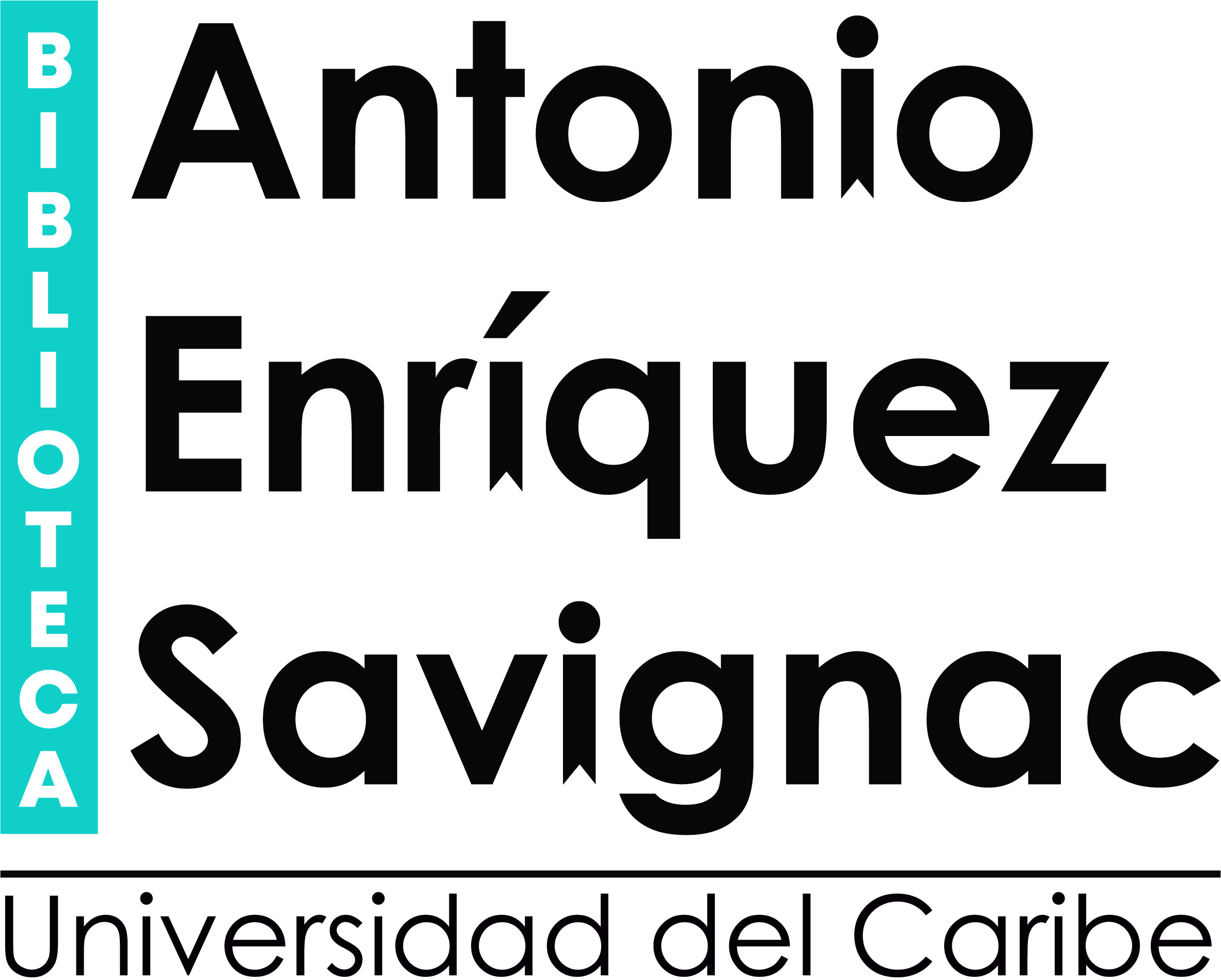An introduction to the world's oceans / Keith A. Sverdrup, E. Virginia Armbrust
Tipo de material: TextoEditor: Boston : Distribuidor: McGraw-Hill Higher Education, Fecha de copyright: ©2009Edición: 10a ediciónDescripción: xviii, 508 páginas : ilustraciones a color, 1 mapa desplegable ; 28 x 23 cmTipo de contenido:
TextoEditor: Boston : Distribuidor: McGraw-Hill Higher Education, Fecha de copyright: ©2009Edición: 10a ediciónDescripción: xviii, 508 páginas : ilustraciones a color, 1 mapa desplegable ; 28 x 23 cmTipo de contenido: - texto
- sin medio
- volumen
- 9780073376707
- 0073376701 (papel alcalino)
- GC 11 .2 S96 2009
| Tipo de ítem | Biblioteca actual | Biblioteca de origen | Colección | Signatura topográfica | Estado | Notas | Fecha de vencimiento | Código de barras | Reserva de ítems | |
|---|---|---|---|---|---|---|---|---|---|---|
|
|
Biblioteca Antonio Enriquez Savignac | Biblioteca Antonio Enriquez Savignac | COLECCIÓN RESERVA | GC 11 .2 S96 2009 (Navegar estantería(Abre debajo)) | No para préstamo | Ingeniería Ambiental | 036322 |
Navegando Biblioteca Antonio Enriquez Savignac estanterías, Colección: COLECCIÓN RESERVA Cerrar el navegador de estanterías (Oculta el navegador de estanterías)
| G 550 D55 1997 Selling the sea : an inside look at the cruise industry / | GB 601 E53 2004 Encyclopedia of caves and karst science / | GB 1003 .2 F47 1990 Applied hydrogeology / | GC 11 .2 S96 2009 An introduction to the world's oceans / | GC 57 A88 2017 Atlas del impacto del océano en el clima de México / | GE 90 .B73 M92 2006 La invención ecológica : narraciones y trayectorias de la educación ambiental en Brasil / | GE 90 .M6 G99 2014 Educación ambiental en universidades de la región Puebla-Tlaxcala : análisis y perspectivas en los casos BUAP, UPAEP, UDA y UATX / |
Incluye índice y glosario
1.The History of Oceanography -- 2.The Water Planet-- 3.Plate Tectonics -- 4.The Sea Floor and Its Sediments -- 5.The Physical Properties of Water -- 6.The Chemistry of Seawater -- 7.The Structure and Motion of the Atmosphere -- 8.Circulation and Ocean Structure -- 9.The Surface Currents -- 10.The Waves -- 11.The Tides -- 12.Coasts, Beaches, and Estuaries -- 13.Environmental Issues and Concerns -- 14.The Living Ocean -- 15.Production and Life -- 16.The Plankton: Drifters of the Open Ocean -- 17.The Nekton: Free Swimmers of the Sea -- 18.The Benthos: Dwellers of the Sea Floor
"An Introduction to the World's Oceans, Tenth Edition", is an introductory oceanography text intended for students without a background in mathematics, chemistry, physics, geology, or biology. It emphasizes the role of basic scientific principles in helping understand the processes that govern the ocean and the earth. To keep the text as current as possible, the authors conduct their own research and examine other findings such as analyzing satellite data and large-scale oceanographic programs. From this vast amount of data, they select interesting, relevant, and understandable examples that illustrate contemporary principles of oceanography. "An Introduction to the World's Oceans" places greater emphasis on the physical and geological aspects of the oceans than on the chemical and geochemical properties, because the latter disciplines require more specific background knowledge. An ecological approach helps integrate the biological chapters with other subjects. Students are encouraged to look at oceanography as a cohesive and united discipline rather than a collection of subjects gathered under a marine umbrella. As with all previous editions, the authors continue to make each chapter stand as independently as possible, so that professors can assign chapters in the order that best suits their classrooms. " P. Web Editorial
Ingeniería Ambiental
NUEVOSAMBIENTAL

